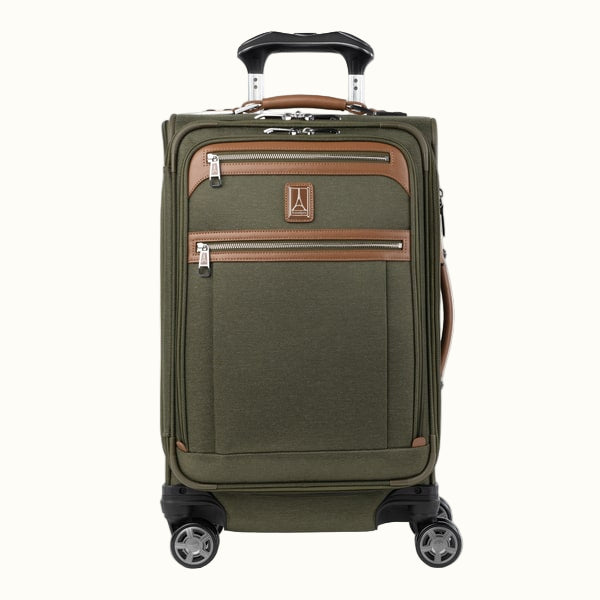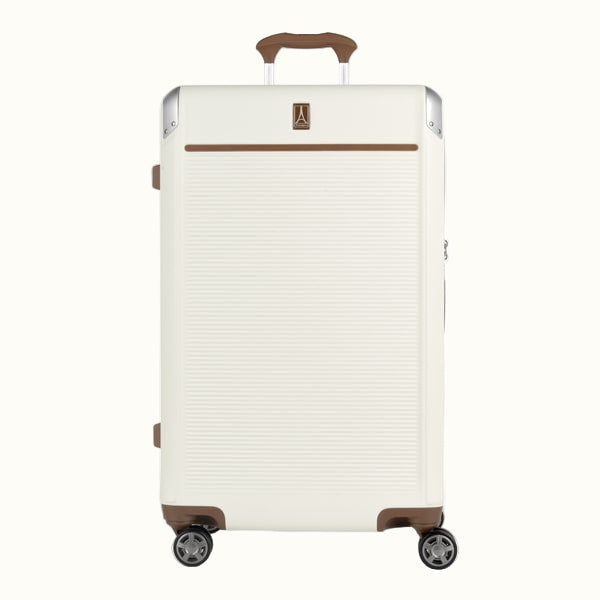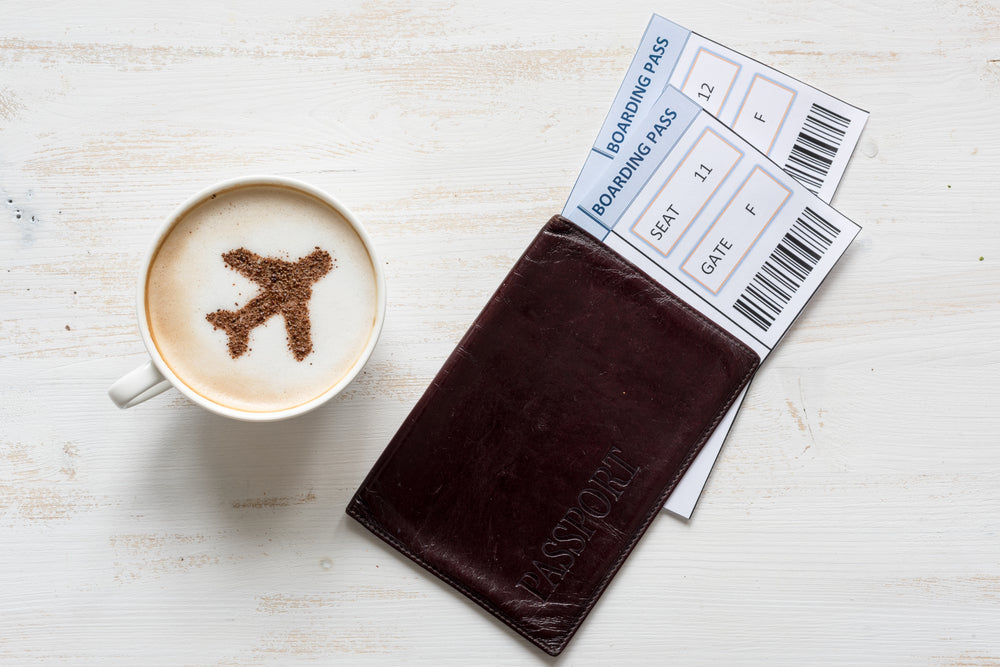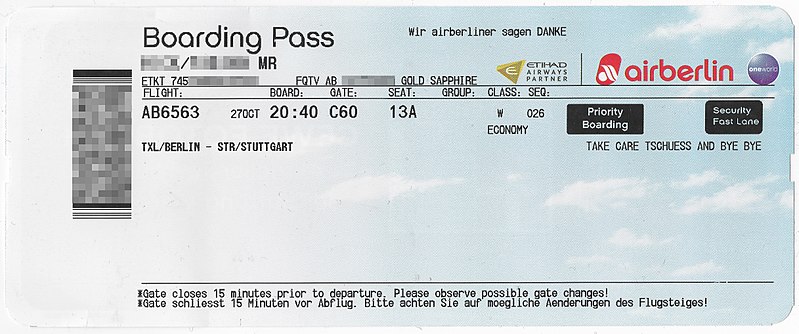You may think that once your flight is over, you no longer need your boarding pass. That may be true, but that doesn’t mean it’s not a valuable document to hackers and thieves who can still access the valuable information contained inside.
Can you revise to be related to posting your boarding pass on social? Something like; It’s finally time for that trip you’ve been waiting for and you can’t wait to share the excitement online…
Many travelers, excited about the big trip they’re taking, will often post photos of their boarding passes to social media as a way to say, “Look, I made it! I’m here!”
Except that’s not a very good idea.
Your boarding pass is a gateway to valuable, personal information that is easily accessible. Prying eyes lurk all around, and if you were to drop your boarding pass unknowingly, or share it publicly on social media, you could have your world upended.
THE PURPOSE OF THE BARCODE
Bar codes are encrypted data that is only machine readable. It tells software how to access that particular information, and which information is associated with that code. It’s done for privacy as well as for convenience. Barcodes have existed since the 1950s and have been used as a way to access mountains of important data in easy-to-access manners.
And as smartphones get better, they’re able to read all kinds of bar codes, whether it’s a grocery store barcode, a book barcode, or even a boarding pass barcode.
Your camera on your mobile phone can scan certain barcodes, including QR codes, so you can retrieve the information associated with that code. And there are specialized apps that will scan otherwise un-scannable codes.
That includes boarding pass scanners. Hackers can use these apps to scan boarding passes and access (and steal) the personal information associated with the pass — data like an email address, home address, phone number, and so on.
With this information, they can try to lock you out of your airline account. Or they can call your phone number and pretend to be the airline, and ask you for your credit card information. They’ll even make it seem legitimate by reciting some of your data, including your account number.
HOW TO HANDLE YOUR PAPER BOARDING PASS
If you want to protect yourself, you need to be aware of where it is from the moment you have it printed out until you can finally throw it away. Better yet, you should shred it, since thieves have been known to root around in the trash for personal documents.
Make sure you never photograph your boarding pass. A lot of people will post photos of themselves with their boarding pass as a way to show off their activities. They do it to show their friends that they’re traveling, but there are plenty of ways to show that without compromising your personal security.
If you search #boardingpass on twitter and Instagram, you’ll see photos of real boarding passes being posted for the world to see. And even pictures of barcodes are scannable, which means they’re still accessible to thieves.
(We’d also like to point out the inadvisability of telling the world in advance that you’re about to go on a trip and leave your home empty. Wait until you get home to post your travel photos to social media.)
What do you do with your boarding pass when you’re done with it? Do you pitch it, burn it, or just leave it lying around for others to see? Tell us about it on our Facebook page, or on our Twitter stream. You can also find us on our Instagram page at @TravelproIntl.
Photo credit: Air Berlin PLC (Wilkimedia Commons, Public Domain)






